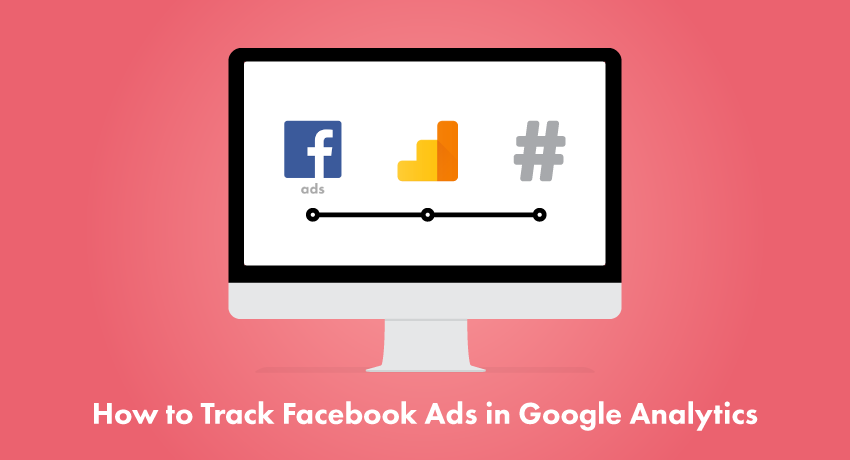Charlotte Gooding, MSc Digital Marketing Management student

Google Analytics is known as the Internet’s leading website statistic monitoring program and is free to use from Google. Thomas Young states that Google provide Analytics free to use as once a digital marketer can see the data, it will then lead to them working on getting more traffic to their website through Google AdWords; then bring revenue in for Google.
Why use Google Analytics?
There are many different reasons why digital marketers should be using Google Analytics. Over the last four years many more bloggers have been looking into the positive effects that Google Analytics can have on a business, many of these overlap one another with the opinions on the positivity that it has. For instance, both Tanya Austin and Paul Koks mentions that Google Analytics is useful in order to be able to segment your customer base. This feature allows you to see if part or all your market is niche; with this you can then use it to come up with marketing that will target that segment within your market. This all in mind Nate Shivar backs up these thoughts by explaining Google Analytics tracks it’s data using a unique tracking code; collects information on a user’s activities on the site.
Market Leaders

Within Google analytics market leaders are not as common as other sectors of the Digital Marketing, Think with Google mentions how there is still 62% of executives are still relying more on experience and advice compared to looking at the data to make decisions. This all being said for those who are market leaders with Google Analytics there is several things that they need to know to be able to stay as market leaders. Thomas Young states that many business leaders do not regularly review their webs statistics, and this is a big mistake. By doing so it can then lead to poor decision making and an inability to notice market share losses or other major key business trends as they are occurring in real time.
Looking at who the market leaders within Google Analytics isn’t just the only thing that is involved to also involves looking at the market share for Analytics to understand Google Analytics. As it currently stands Datnyze research found Google Analytics has the highest market share of 39.74%, whereas Facebook Analytics has a 6.44% market share. This shows how Google Analytics can indicate the segmentation for customers.
Google Analytics Current Trends
As it stands there are several trends within Google Analytics that marketers need to know about. Himanshu mentions how the Google analytics trends tool has been around for a while yet not many people know what it is let alone how it works. For those who like me didn’t have a clue what the trend tool was at first is used to notice trends within your analytics. It moves in one direction, for example, if the trend is moving upwards it is known as ‘uptrend’ whereas if it is moving downwards it is known as a ‘downtrend’. Dr. Hannah Vogel looks at using averages to be able to identify trends within Google Analytics. This would then allow you to be able to look at the average time spent on your site for instance or the average number of visits in a week.
What about future trends?
There are many predictions on what the future holds for Google Analytics. Joe Christopher mentions that even though the market is constantly changing it is important to make sure that you are aware of the current google analytics and in particular where they are currently heading; to also still be aware that it is constantly changing and can go in any direction with little warning. Louis Columbus mentions that 66% of digital advertising spend will go to Google search, YouTube, Facebook and Instagram; as a result, this will be the way that people are finding business’ so Google Analytics will be a massive part of helping to see the trends of business searching. Furthermore, he mentions how in North America where using data isn’t very common there will be a 47% increase on third party data for advertises.
Alok Soni, looks at trends which will shape the future of data analytics. They mention how it is predicted that one future trend is machine intelligence and that the theory behind this prediction comes from theory and development of computer systems is to be able to perform tasks which would normally require human intelligence. The idea is that the system can learn the structure of being able to stream data, make predictions and detect anomalies. This would then mean that humans are able to spend more time marketing the ideas that machine intelligence comes up with. In addition, Alok Soni also predicts augmented reality explaining that it will enable better performances of organisations with the help of available data. Also mentioning how the development and growth of Googles Analytics will help to further boost this idea of a future trend. Overall, there are many different predictions of the future of Google Analytics, but with how rapidly the industry is changing it is unsure as to what direction Google Analytics will take.


